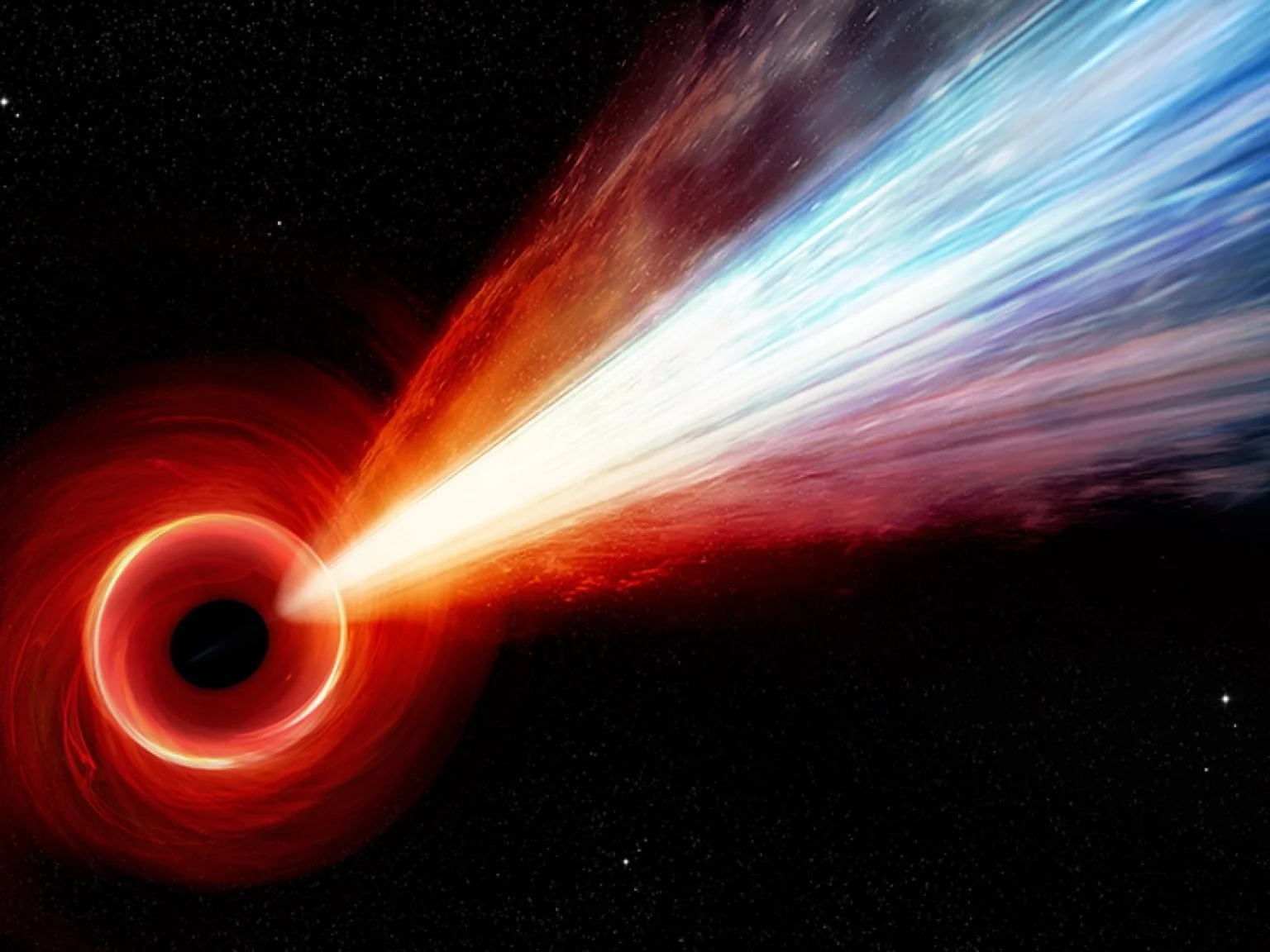
Astronomers discovered a unique black hole spewing an explosive jet at another galaxy with the help of citizen scientists. A galaxy named RAD12 hosts a black hole around one billion light-years from Earth. In terms of their morphology, galaxies can be divided into two major groups: spiral galaxies and elliptical galaxies. Cold gas and dust abound in spiral arms that appear optically blue. The formation of new stars in spiral galaxies occurs every year at an average rate of one star, like the Sun. On the other hand, Elliptical galaxies appear yellowish and lack distinctive features such as spiral arms.

Elliptical galaxies are rare sources of star formation. The reason they have not been forming new stars for billions of years is still a mystery to astronomers. The culprit seems to be giant black holes or supermassive black holes. By spewing enormous jets, these ‘monster’ black holes deplete the fuel needed for future star formation: cold gas and dust. Sloan Digitised Sky Survey (SDSS) optical data and Very Large Array (FIRST) radio data were used in 2013 to observe RAD12. To confirm its exotic nature, follow-up observations with the Giant Meterwave Radio Telescope in India were required. RAD12’s black hole appears to be ejecting its jet only toward RAD12-B. However, the ejection of jets occurs in pairs at relativistic speeds, traveling in opposite directions. Astronomers are puzzled as to why only one jet is observed from RAD12.